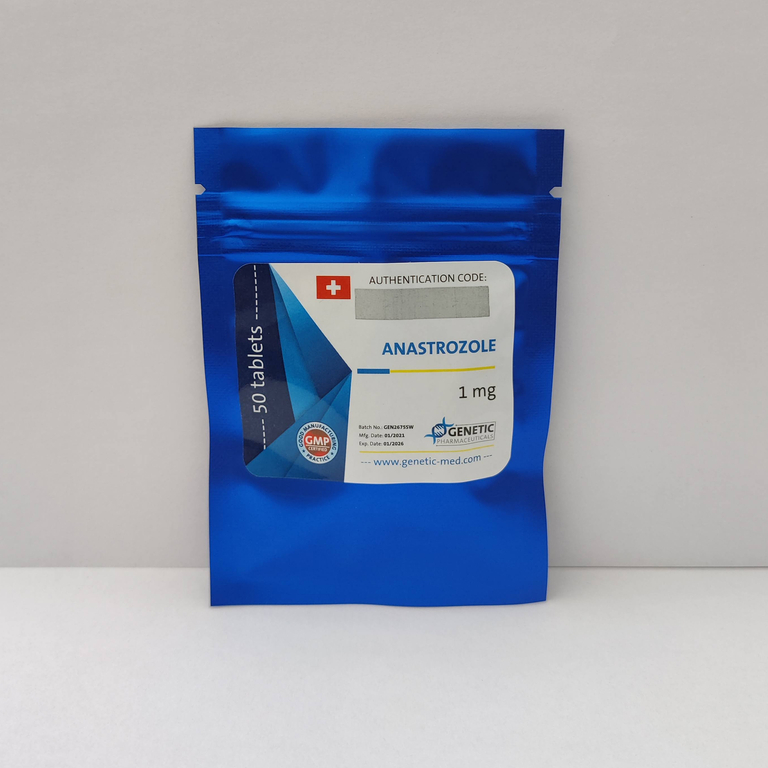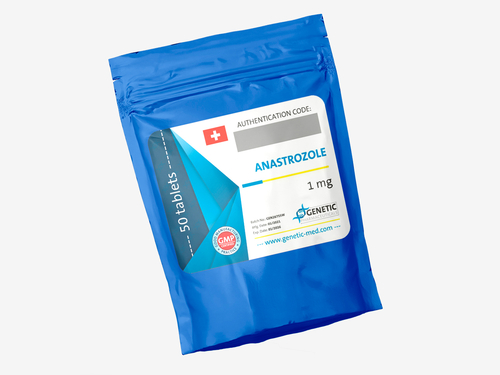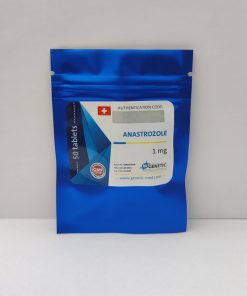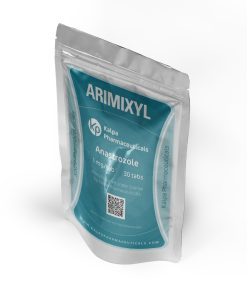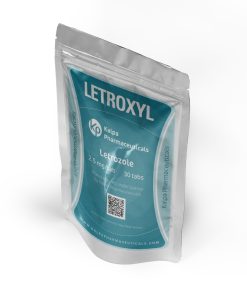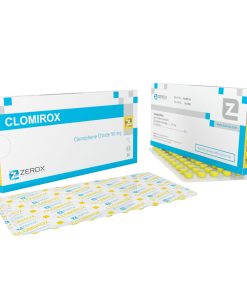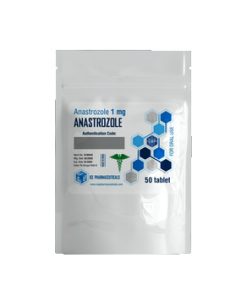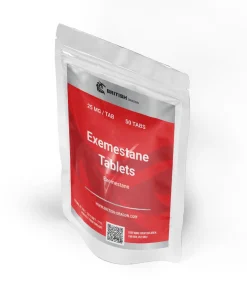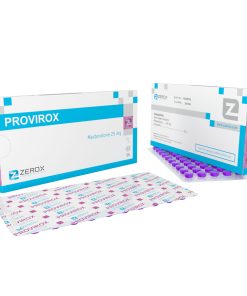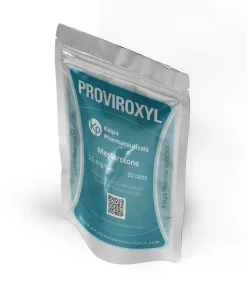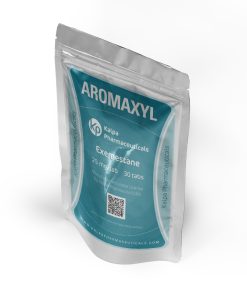Anastrozole GP
55 USD Original price was: 55 USD.47 USD Current price is: 47 USD.
Package: 50 tabs (1mg/tab)
Active Substance: Anastrozole
Product Name: Arimidex, Anastrozole, Anastrozole GP ,Genetic Pharmaceuticals
Anastrozole GP is used to cure breast cancer in postmenopausal women. It is administrated to women whose cancer has progressed even after administrating tamoxifen.
Contra – indications:
It is not indicated to intake this medication if you are allergic to anastrozole, if you are breast-feeding a baby, or if you have not yet completed menopause. Anastrozole is not indicated for men or children. You must not use anastrozole if you are pregnant. It could harm the unborn baby. Use sure birth control, and announce your doctor if you become pregnant during treatment. It is not prooved if anastrozole passes into breast milk or if it could harm the baby.
Administration:
Anastrozole should be administrated once per day. It is not indicated to take this medicine in larger or smaller amounts or for longer than it is prescribed.
Anastrozole can be administered with or without food. The are cases when it is necessary to keep taking this medication for up to 5 years. You need to follow your doctor’s instructions.
Medical action:
Anastrozole minimizes estrogen levels in postmenopausal period, which may retard the expansion of particular types of breast tumors that need estrogen to grow in the body. Anastrozol has the particularity of reducing or removing formation of dangerous estrogens.
Precautions:
To be sure you administrate in safe this drug, tell your doctor if you have: heart disease; circulation problems; a history of stroke or blood clot; severe liver disease; high cholesterol; or osteoporosis or low bone mineral density. Anastrozole can minimize bone mineral density, which may increase your risk of developing osteoporosis. The bone mineral density needs to be monitored before and during treatment with anastrozole.
Side effects:
Announce your doctor at if you have: sudden numbness or weakness, especially on one side of the body; sudden severe headache, confusion, problems with vision, speech, or balance; a bone fracture; swollen glands; nausea, upper stomach pain, itching, loss of appetite, dark urine, clay-colored stools, jaundice (yellowing of the skin or eyes); swelling in your hands or feet; or severe skin reaction — fever, sore throat, swelling in your face or tongue, burning in your eyes, skin pain, followed by a red or purple that spreads (especially in the face or upper body) and causes blistering and peeling.
General side effects may include: weakness, hot flashes; joint pain or stiffness, problems with your fingers while gripping; sore throat, headache, back pain, bone pain; depression, mood changes, sleep problems (insomnia); mild nausea, vomiting; or mild rash.
Over dosage:
Overdose situations are not met.
Brand
Genetic Pharmaceuticals
Related products
Post Cycle Therapy
Post Cycle Therapy
Post Cycle Therapy
Post Cycle Therapy
Post Cycle Therapy
Post Cycle Therapy
Post Cycle Therapy
Post Cycle Therapy

